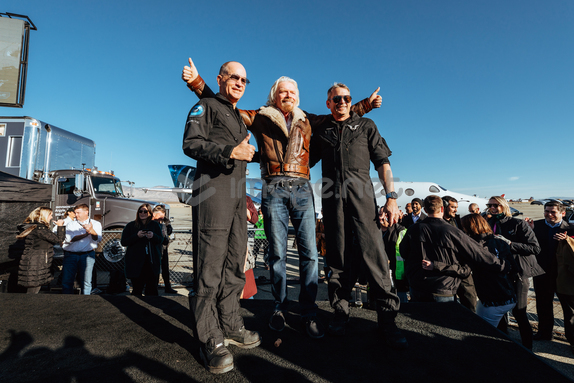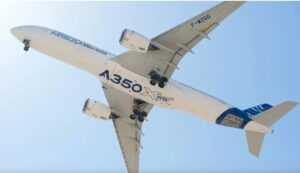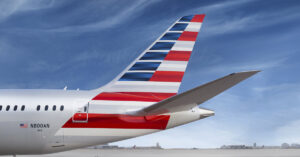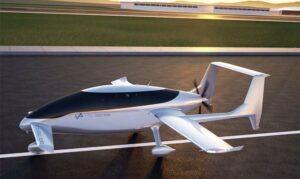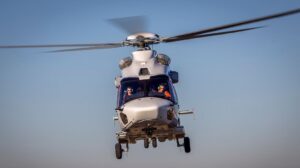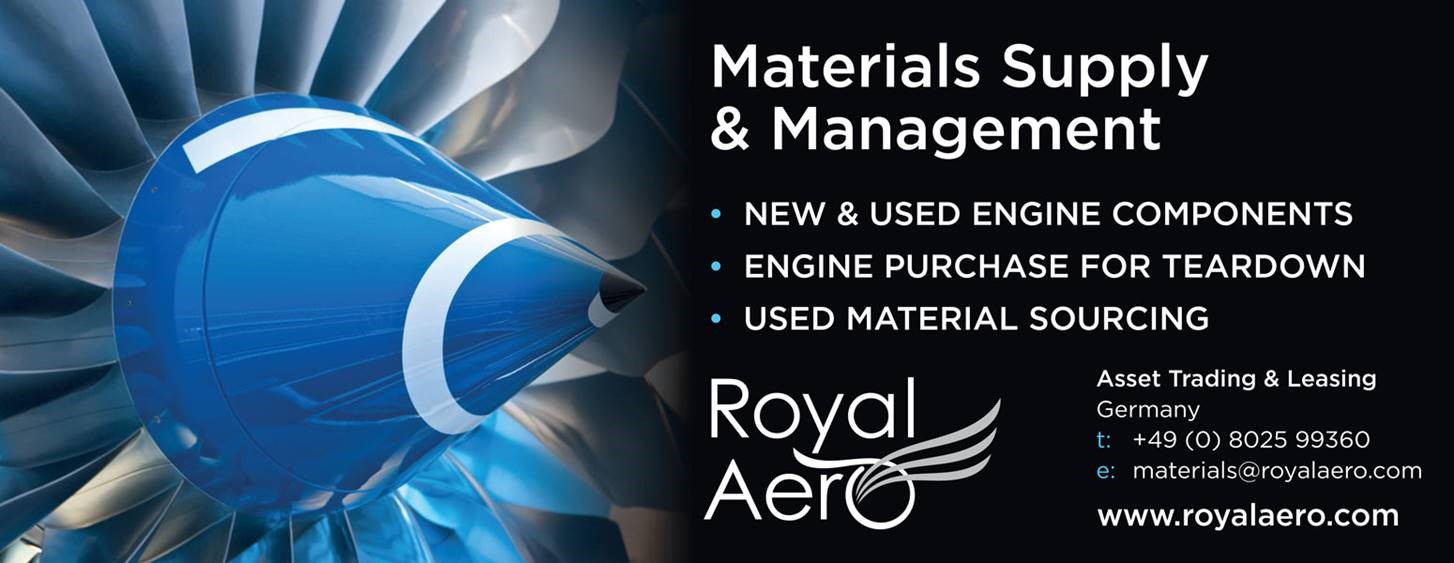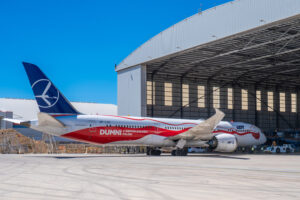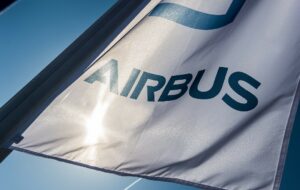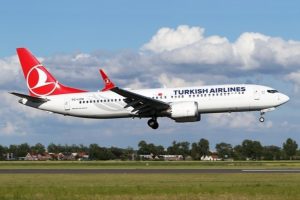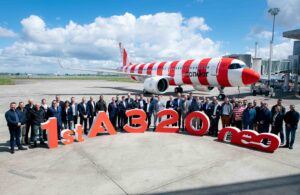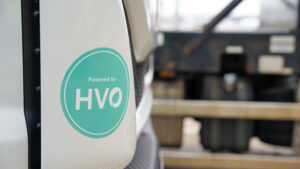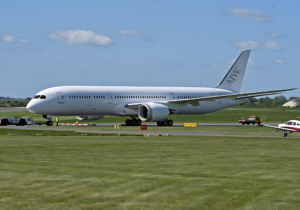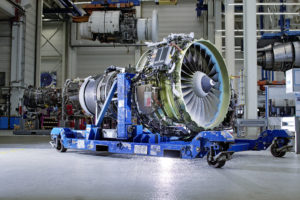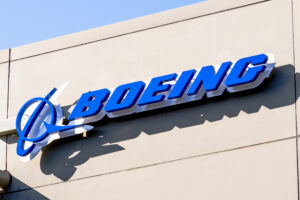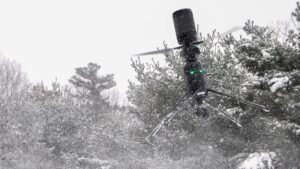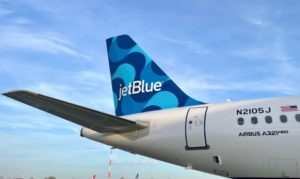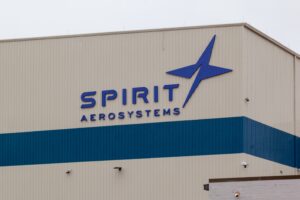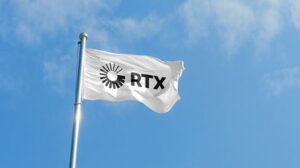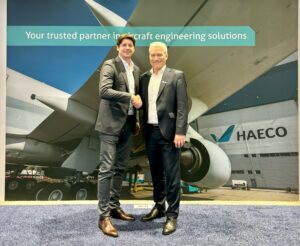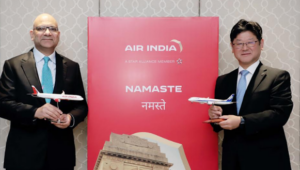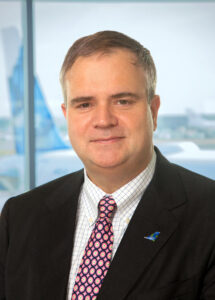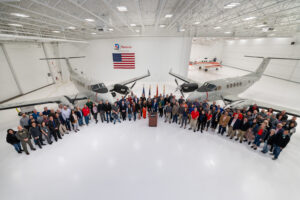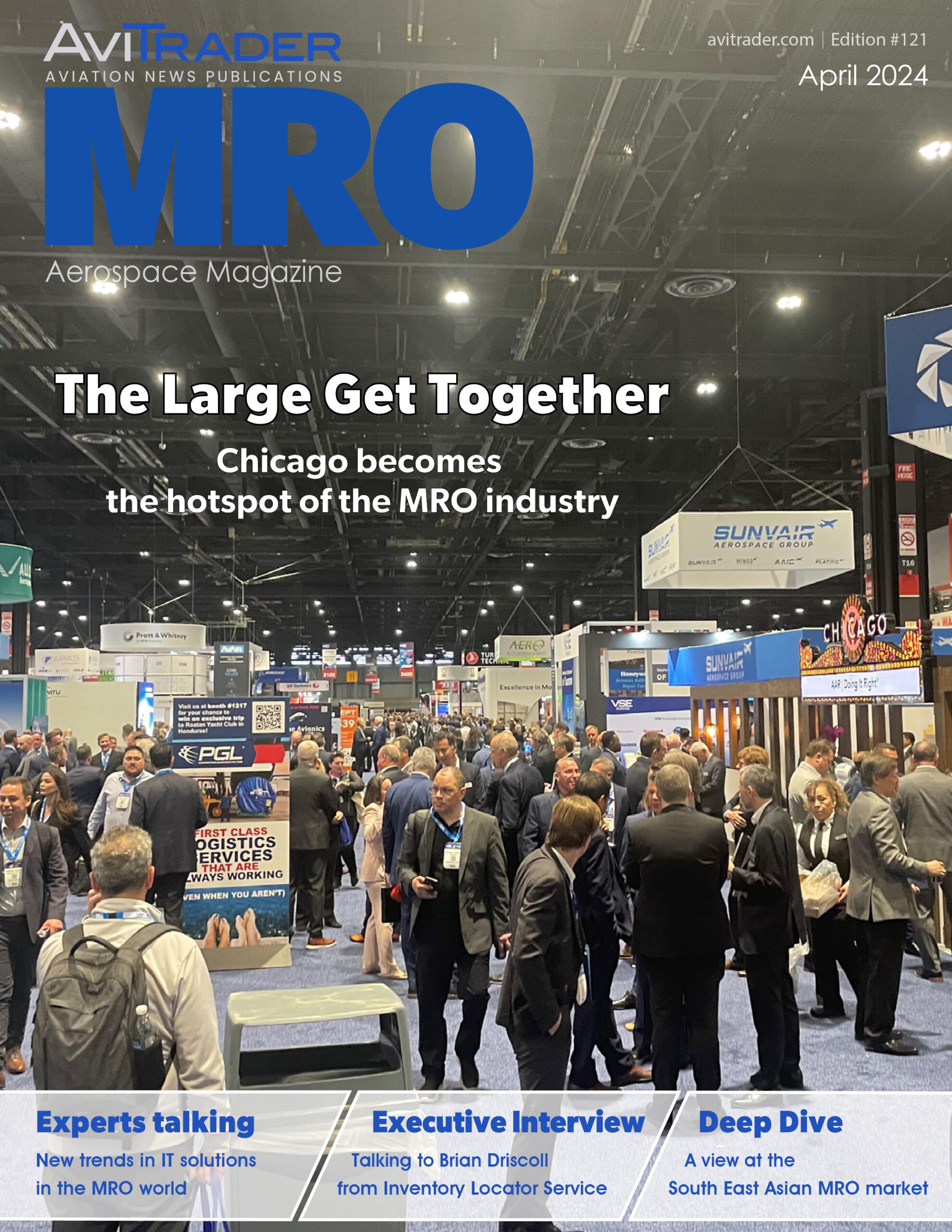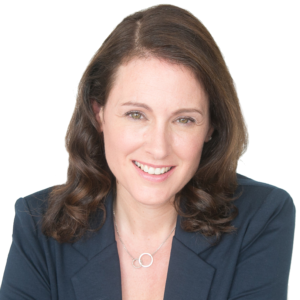After taking off from the Mojave Desert in California, the Virgin Galactic SpaceShipTwo successfully reached an altitude of 82.7km, well beyond the altitude that space, or the thermosphere, begins at 80km, but below the recognised 100km altitude, the Karman Line, where the Earth’s atmosphere ends and outer space begins. It is understood that the rocket plane climbed to an altitude of approximately 10,000 meters (32,000 feet) under jet propulsion, after which the rocket was ignited, powering the aircraft for 60 seconds, enabling it to fly at 2.9 times the speed of sound.
Sir Richard Branson’s Virgin Galactic was formed in 2004 and this was the fourth test flight for a program which has been beset with delays, most notably after the fatal crash of VSS Enterprise, a SpaceShipTwo, which broke up during a test flight on October 31, 2014, killing the co-pilot and seriously injuring the pilot. Competitors in the ‘commercial passenger space race’ include Elon Musk’s SpaceX and Jeff Bezos’ Blue Origin, both of which have achieved a greater altitude with their aircraft, but neither of which have yet to launch manned flights into space.
Thursday’s Virgin Galactic flight carried two pilots and a mannequin named Annie who was there to represent a ‘passenger’. Commenting on the event, Sir Richard Branson said: “Today we have shown Virgin Galactic can open space to the world.” According to Sir Richard, the first 90-minute scheduled flights should begin in March, with Sir Richard Branson being one of the first passengers. Tickets for the flights cost US$250,000 and it is understood that 600 have already been sold or deposits placed for them.

